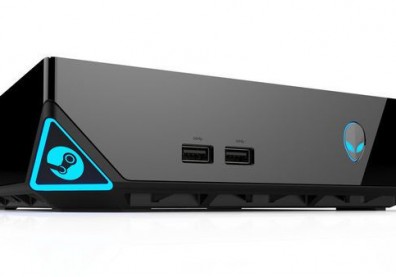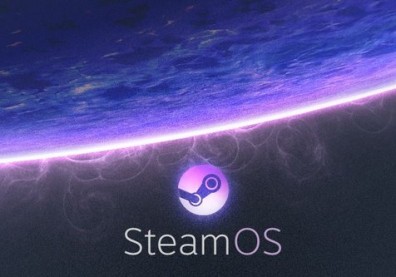If you are indeed looking into spending some quality time with the new Steam Machine from Valve, here’s some big news for you. According to reports, Valve has just released its new SteamOS beta, which is the first-look public release for the company’s highly touted Linux-based operating system.
The SteamOS client, which is 960MB in size and can be downloaded from here, is the first version (SteamOS 1.0) of the upcoming OS and is called ‘alchemist’ which is based on the Debian ‘wheezy’ (stable 7.1) distribution.
“The base system draws from Debian 7, code named Debian Wheezy. Our work builds on top of the solid Debian core and optimizes it for a living room experience. Most of all, it is an open Linux platform that leaves you in full control,” Valve states via its official page. “You can take charge of your system and install new software or content as you want.”
“As an early release, much is changing, so expect rough edges. In its current state, SteamOS is definitely not a finished product ready for a non-technical user. Most importantly, it currently only supports a certain set of hardware. We are hard at work to expand this list,” it adds.
The major changes that Valve has applied in the new OS, according to the company, are as follows:
-Added various third-party drivers and updated graphics stack (Intel and AMD graphics support still being worked on)
-Backported eglibc 2.17 from Debian testing
-Configured to auto-update from the Valve SteamOS repositories
-Custom graphics compositor designed to provide a seamless transition between Steam, its games and the SteamOS system overlay
-Updated kernel tracking the 3.10 longterm branch (currently 3.10.11)
And as far as SteamOS hardware requirements are concerned, they are as follows:
-4GB or more memory
-500GB or larger disk
-Intel or AMD 64-bit capable processor
-NVIDIA graphics card (AMD and Intel graphics support coming soon)
-UEFI boot support
-USB port for installation
Valve’s SteamOS has been designed not only to run Steam and Steam-based games, but it also provides a desktop mode which is capable of running regular Linux applications.
Additionally, SteamOS makes use of the standard APT package manager for software updates, and users can add third-party sources to their subscribed repositories to gain access to more applications.
As mentioned earlier, the SteamOS, as of now, provides a limited set of packages, but many Debian wheezy packages will still work fine on SteamOS.
Apparently, there are two different ways how you can install SteamOS with the easiest method being an image-based install via CloneZilla. Interested users will need to create a SteamOS System Restore USB stick to perform this install.
First Method
- Format a 4GB or larger USB stick with the FAT32 filesystem. Use “SYSRESTORE” as the partition name
- Unzip the contents of SYSRESTORE.zip to this USB stick to create the System
- Restore USB stick
- Put the System Restore USB stick in your target machine. Boot your machine and tell the BIOS to boot off the stick. (usually something like F8, F11 or F12 will bring up the BIOS boot menu).
- Make sure you select the UEFI entry, it may look something like “UEFI: Patriot Memory PMAP”
- Select “Restore Entire Disk” from the GRUB menu.
- System Restore will proceed automatically. When it is complete it will reboot into your freshly re-imaged SteamOS
Second Method
This method is based on the Debian Installer and requires multiple configuration steps:
- Unzip the SteamOSInstaller.zip file to a blank, FAT32-formatted USB stick.
- Put the USB stick in your target machine. Boot your machine and tell the BIOS to boot off the stick. (usually something like F8, F11, or F12 will bring up the BIOS boot menu).
Make sure you select the UEFI entry, it may look something like “UEFI: Patriot Memory PMAP”
- Pick “Automated Install” from the next menu.
- The rest of the installation is unattended and will repartition the drive and install SteamOS.
- After installation is complete, log onto the resulting system (using the Gnome session) with the predefined “steam” account. The password is “steam”. Run steam, accept the EULA, and let it bootstrap. Logoff the steam account
- Log on with the “desktop” account. The password is “desktop”
- From a terminal window, run ~/post_logon.sh. This will prompt for a password – enter “desktop”. This script will perform the post-install customizations, delete itself, then reboot into the recovery partition capture utility.
- Confirm “y” to continue and the recovery partition will be created. When it is finished, reboot into your freshly installed SteamOS
Users may also note that all SteamOS machines are set to auto-update their OS from Valve's public repositories on a regular basis through the standard Debian APT package manager.










